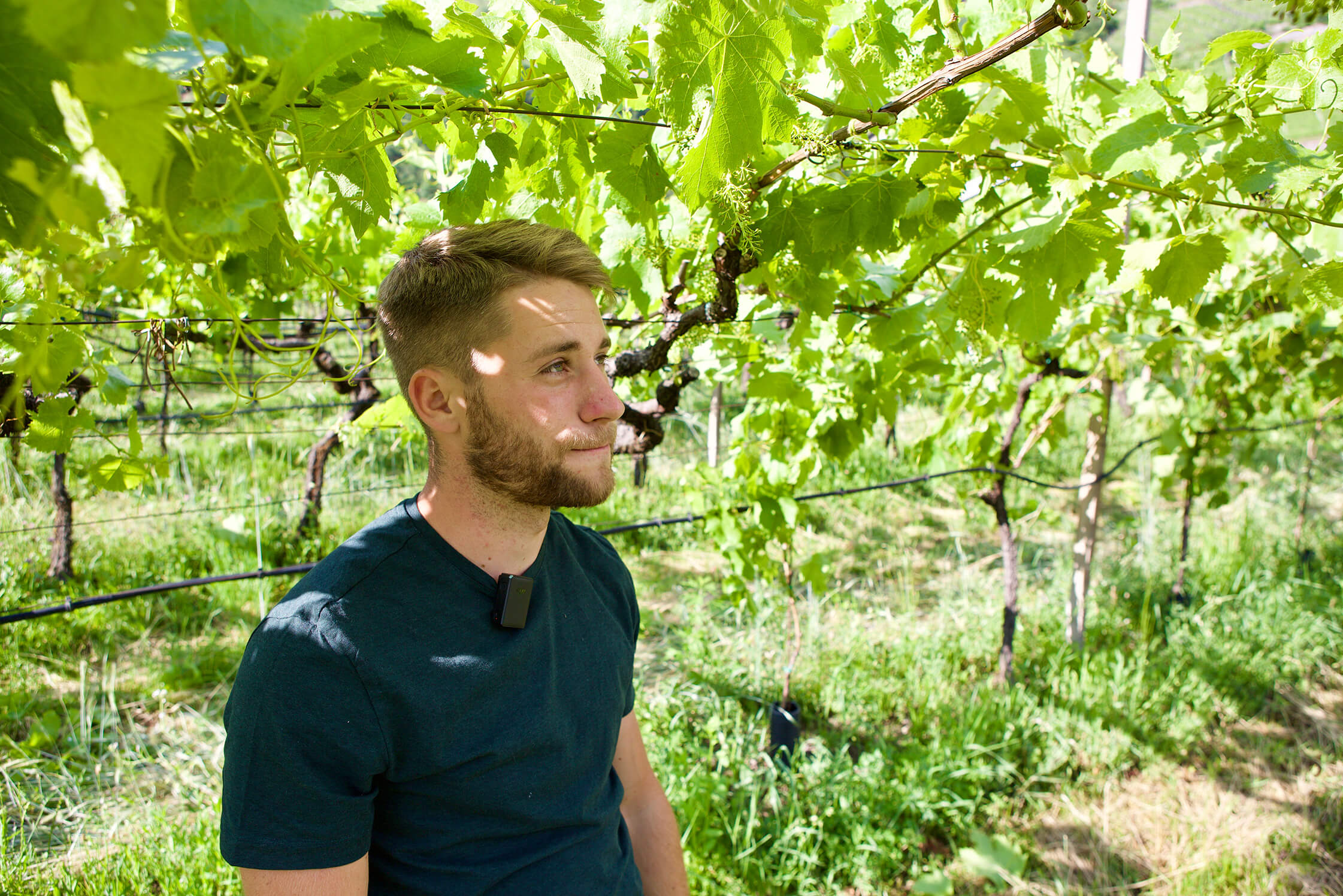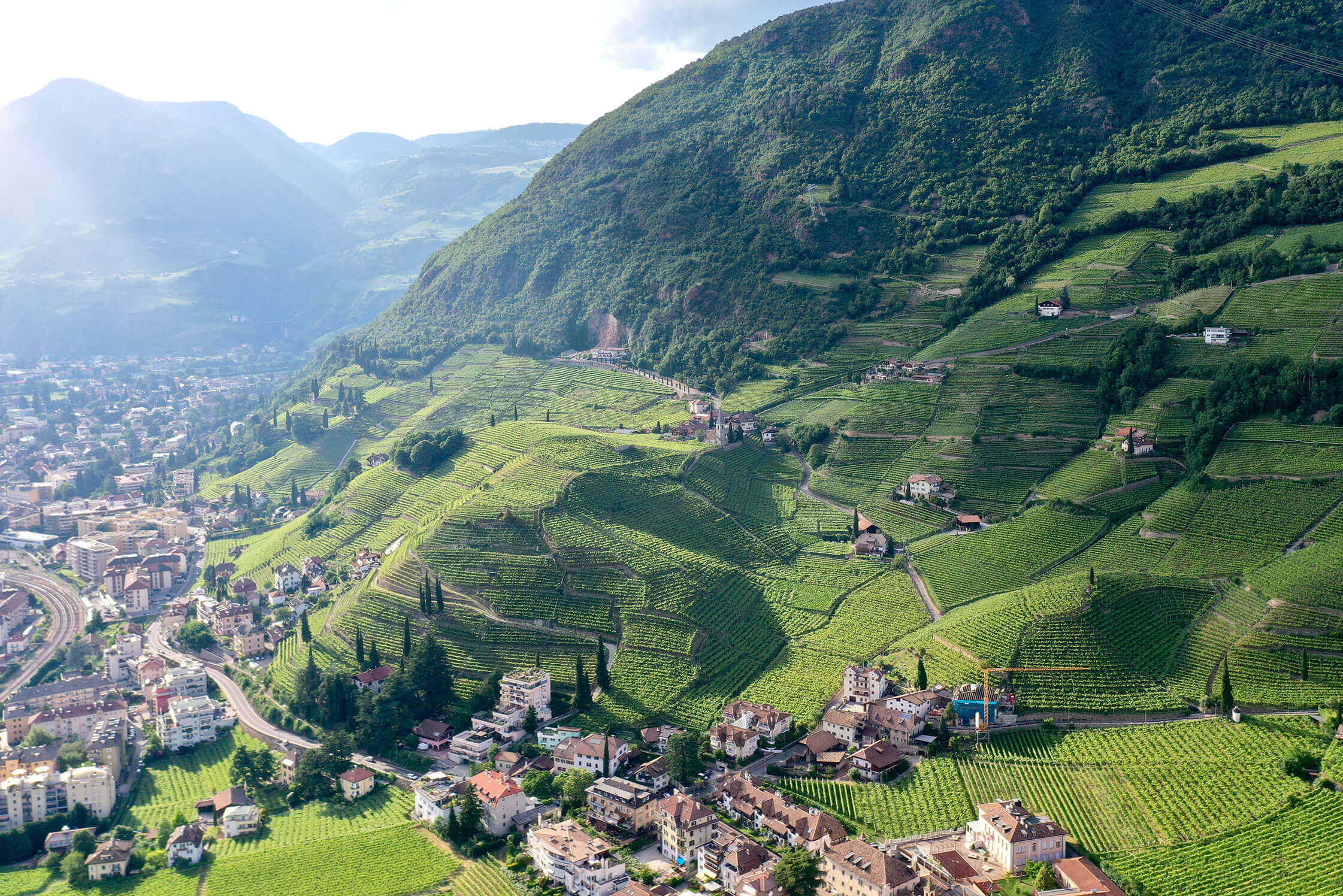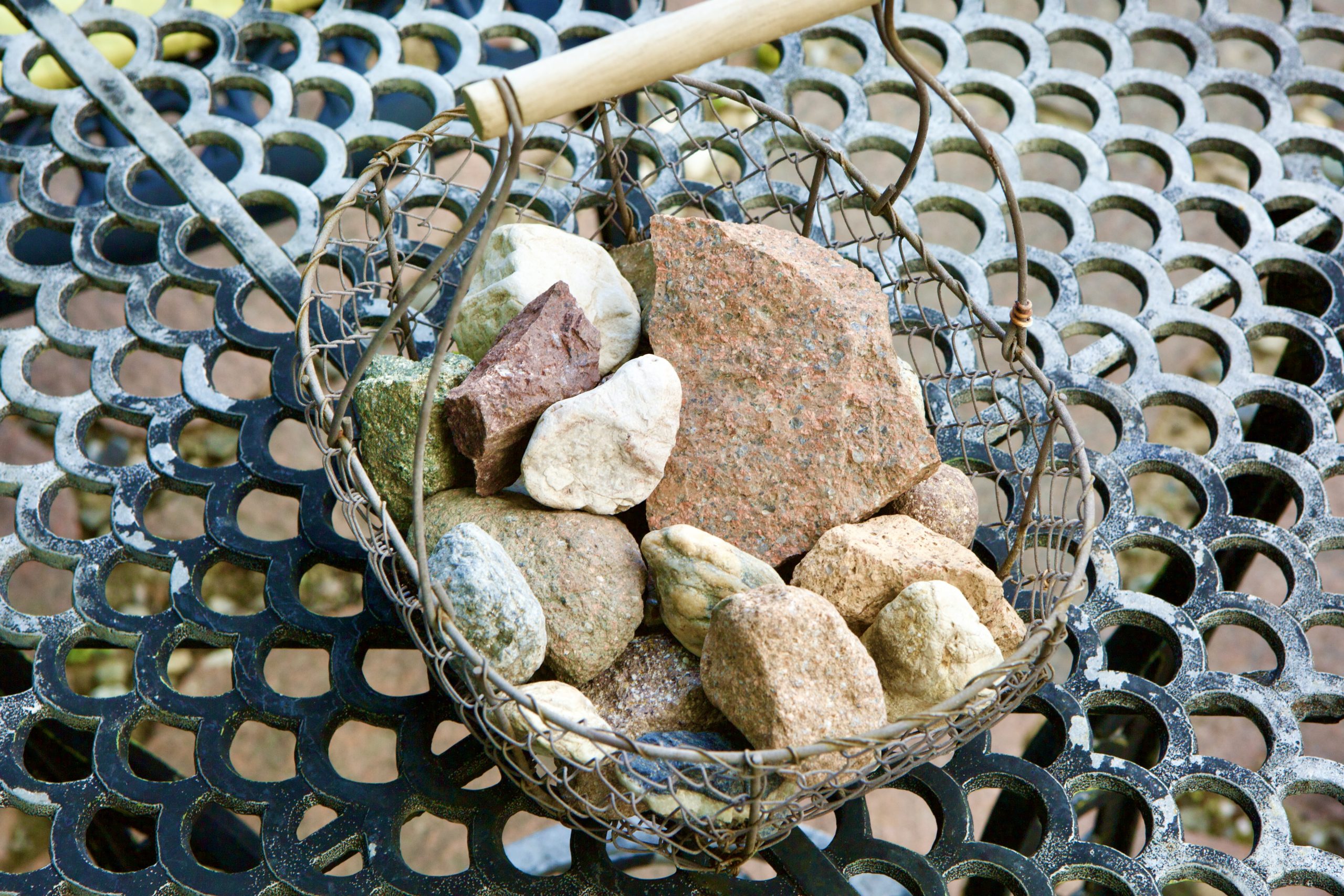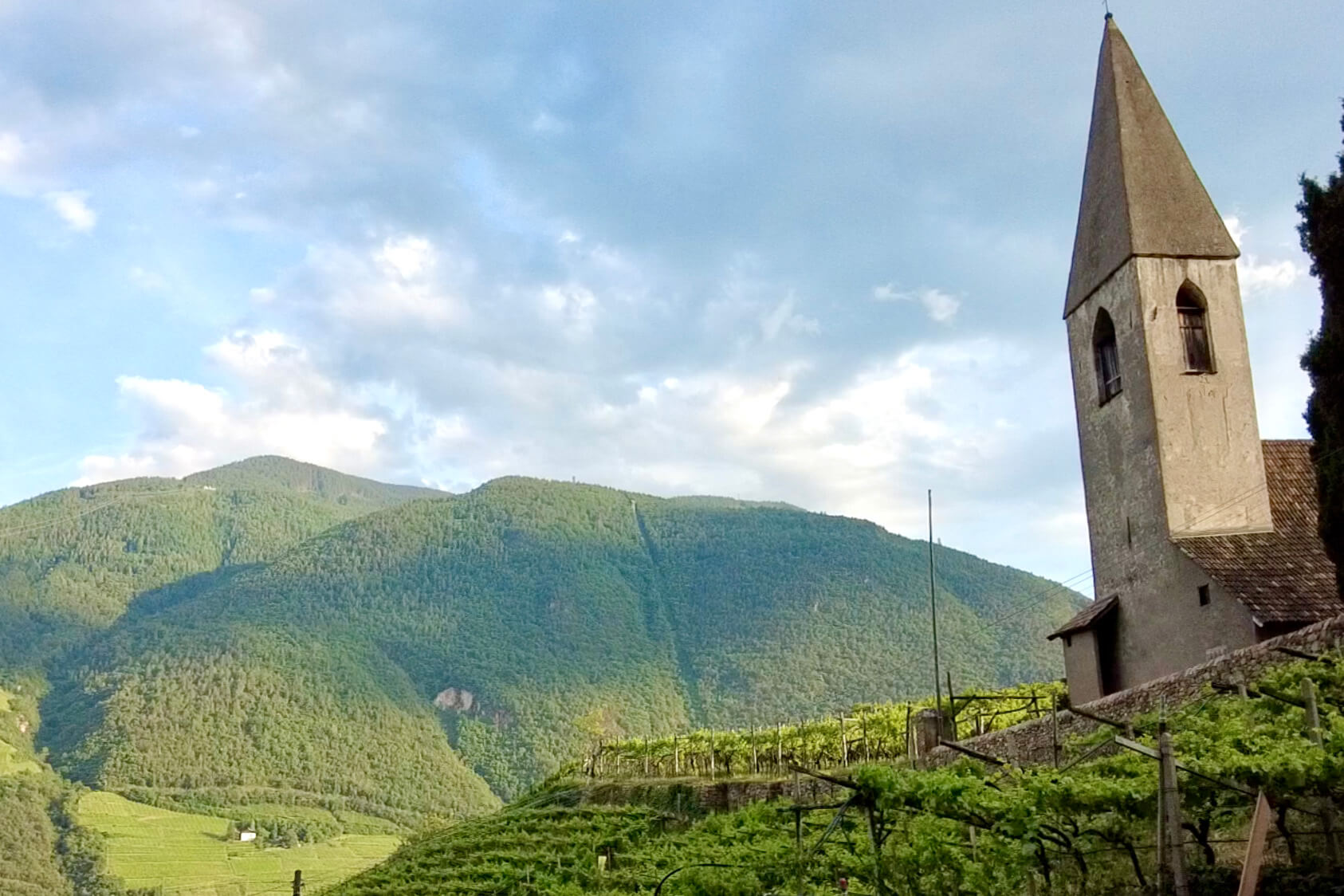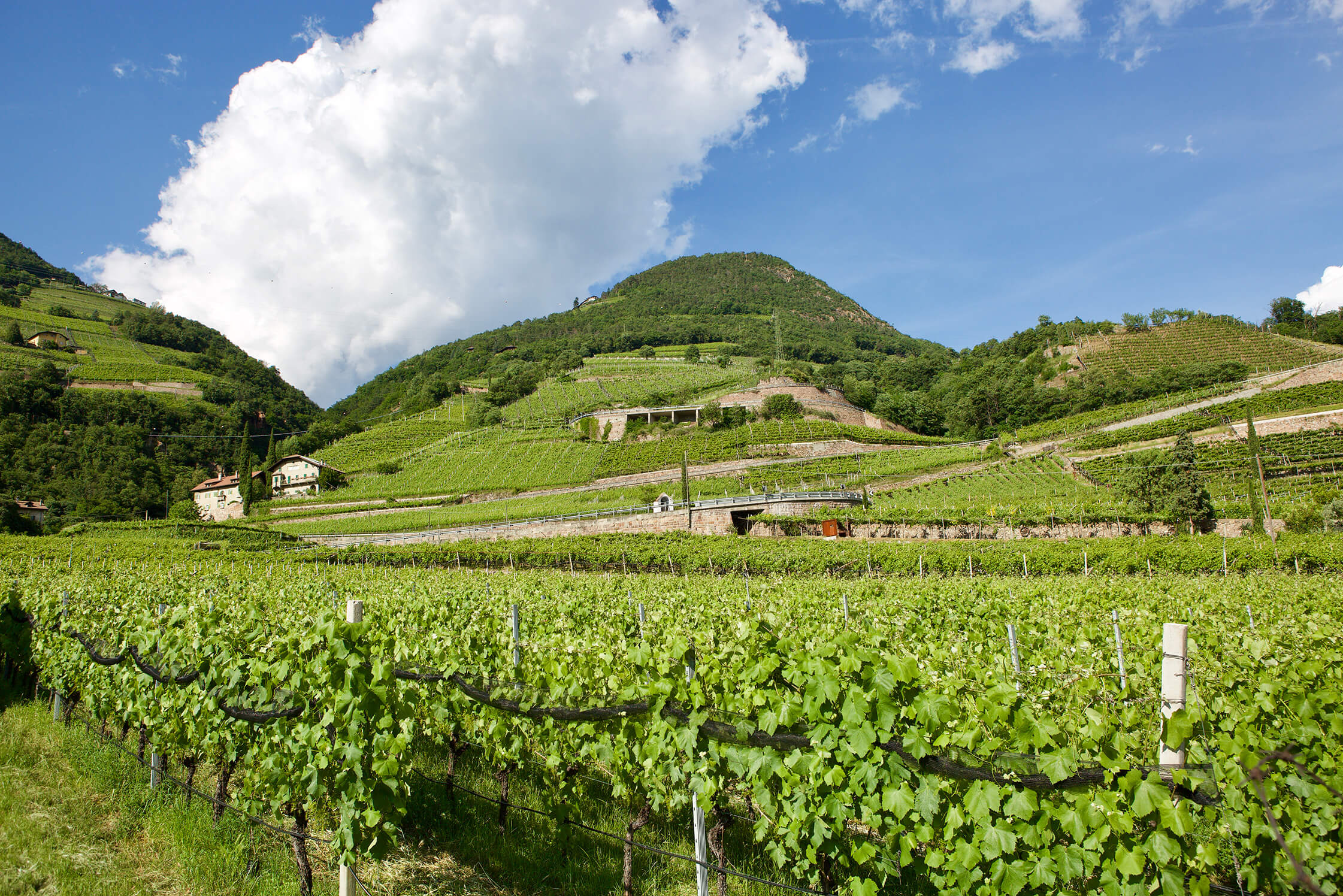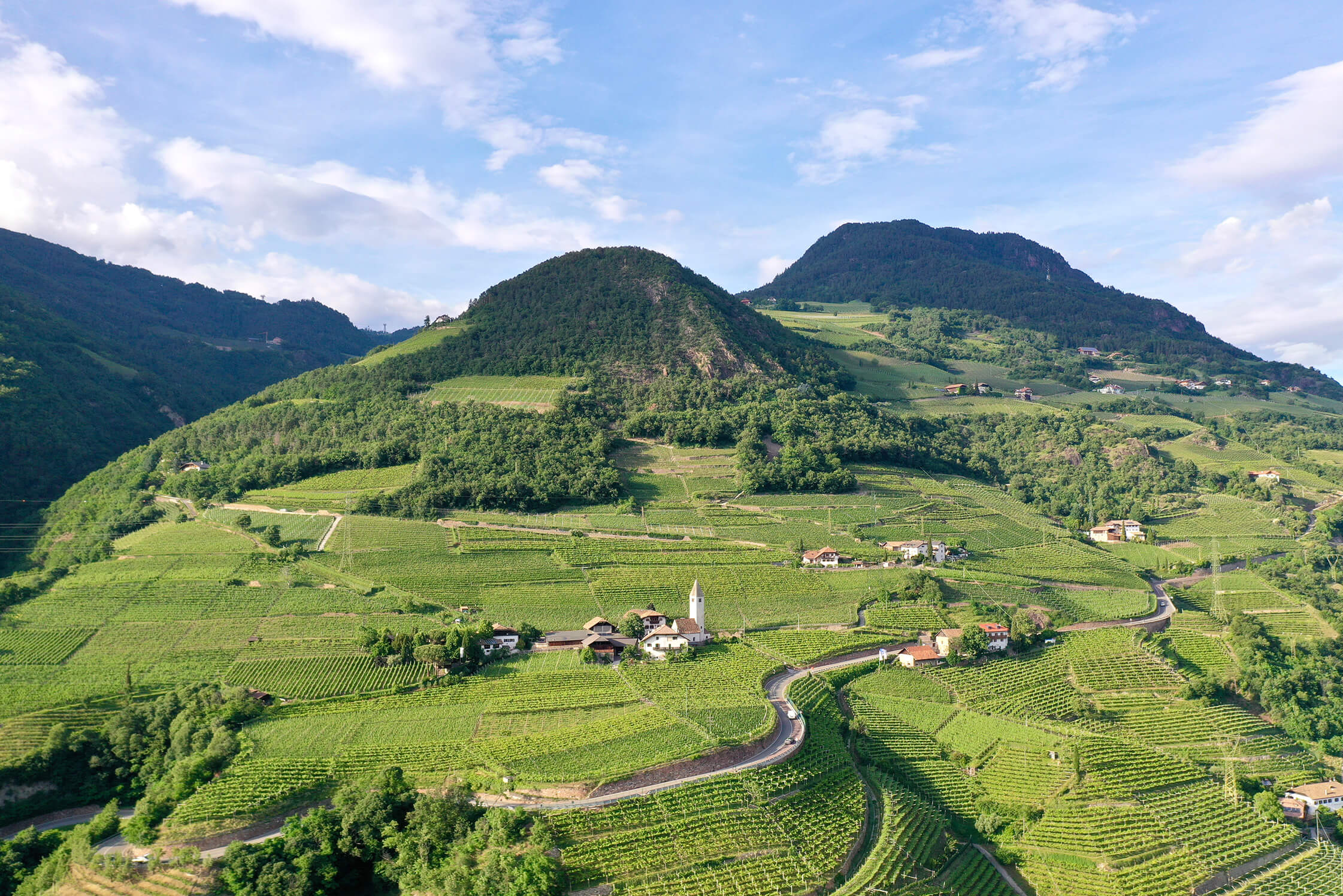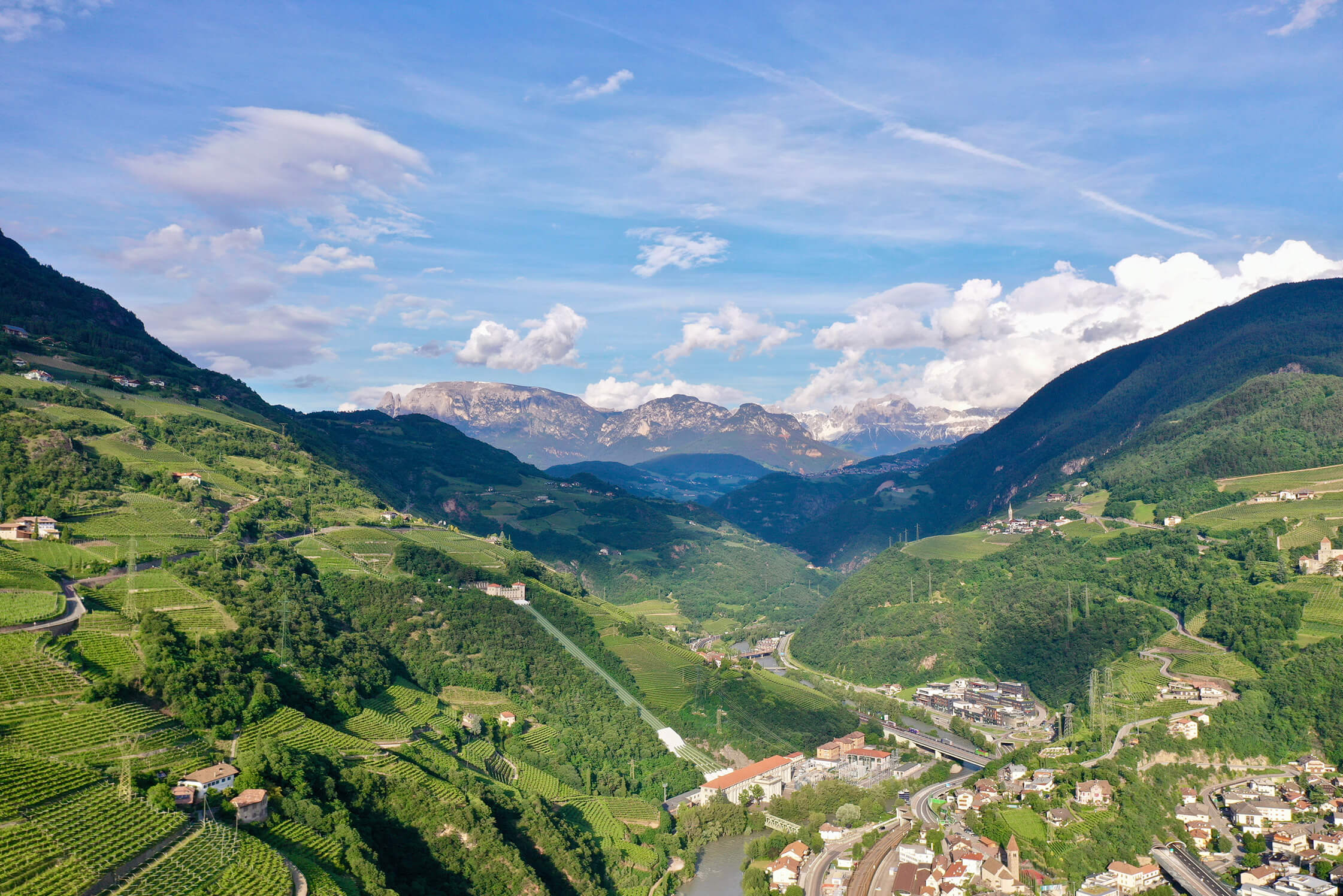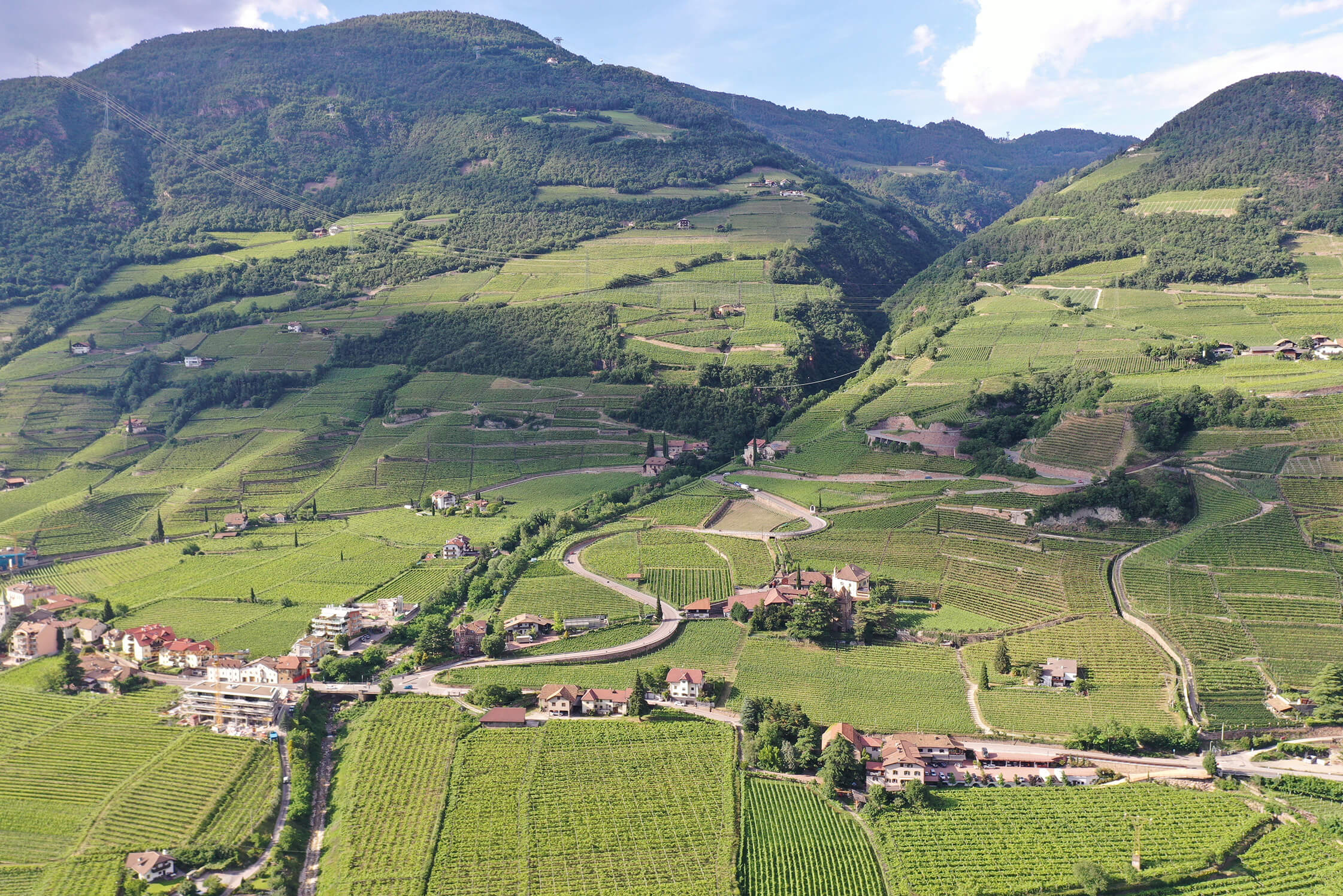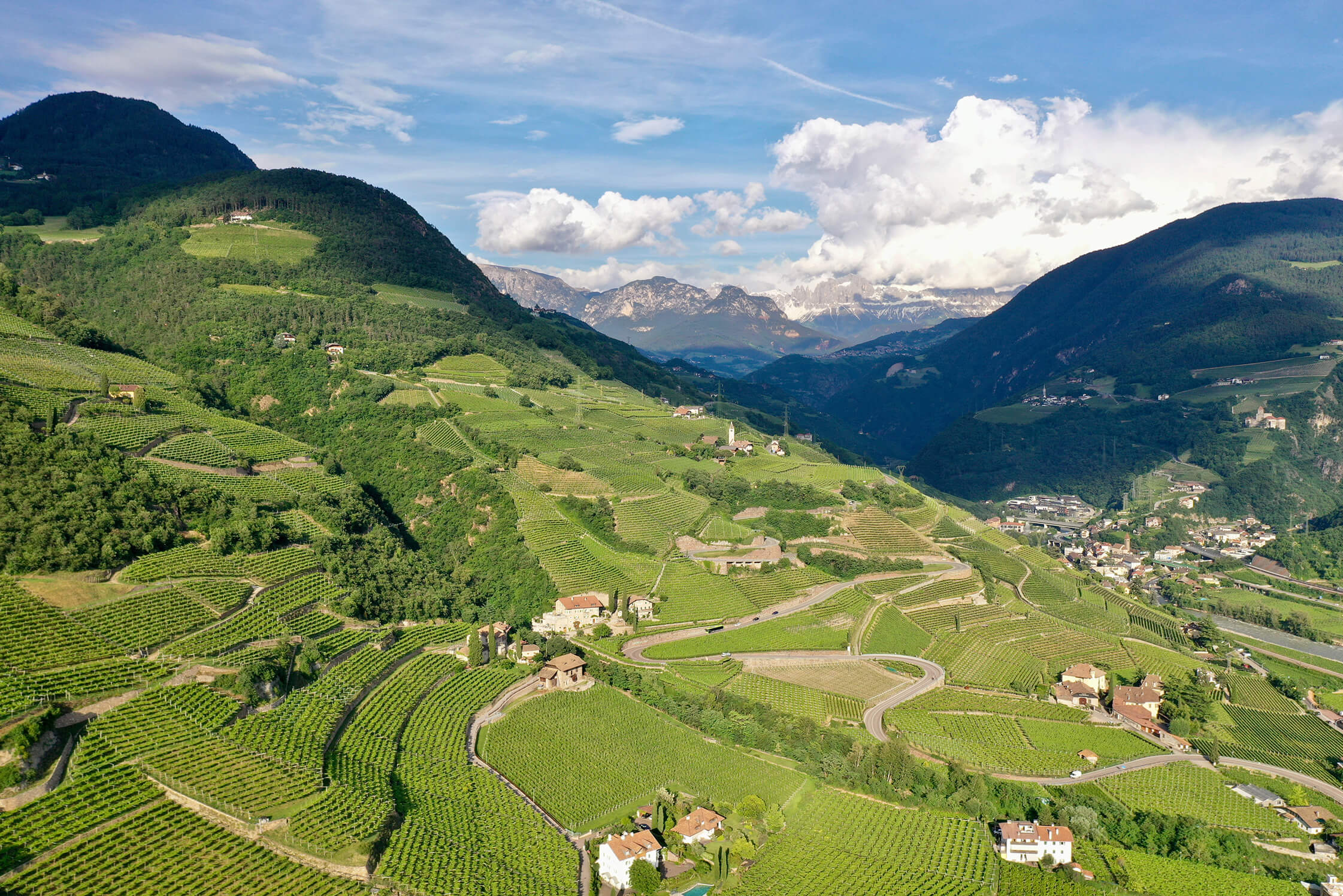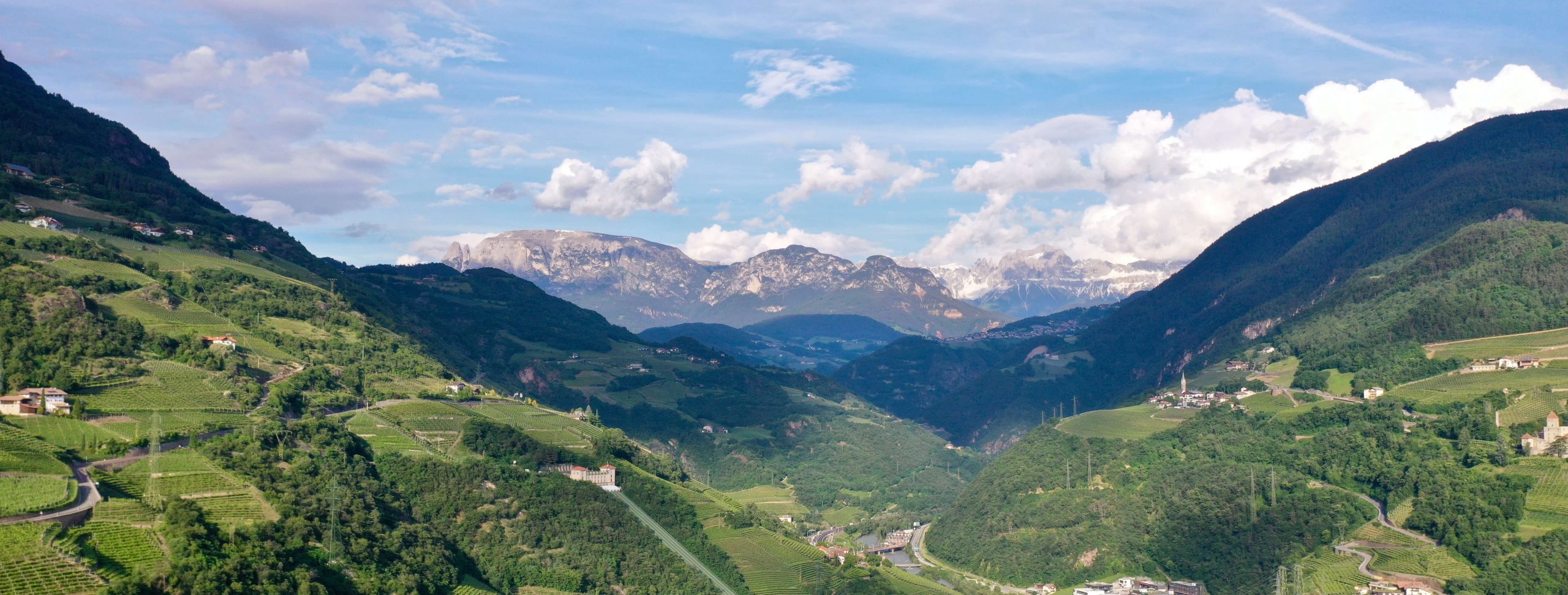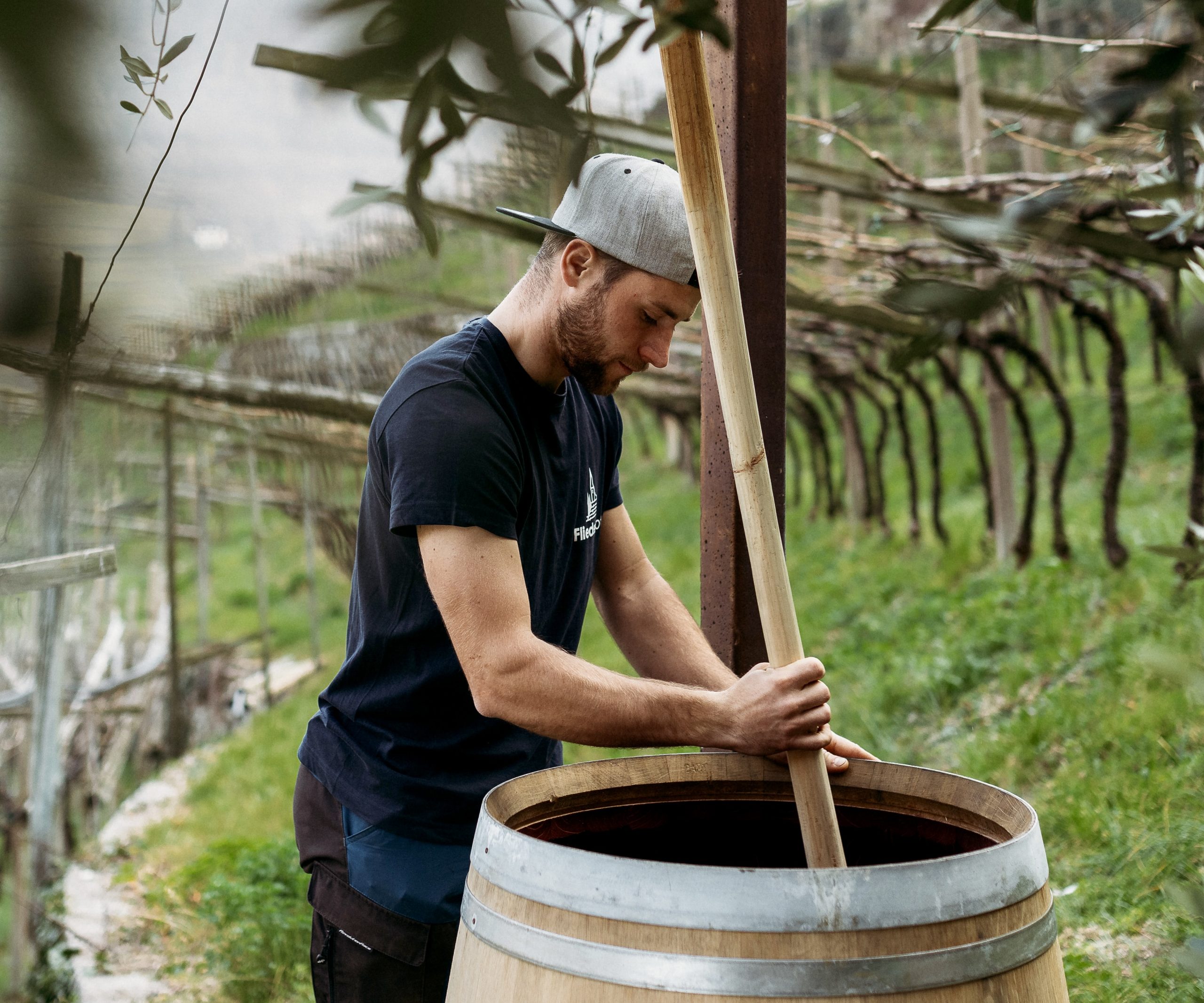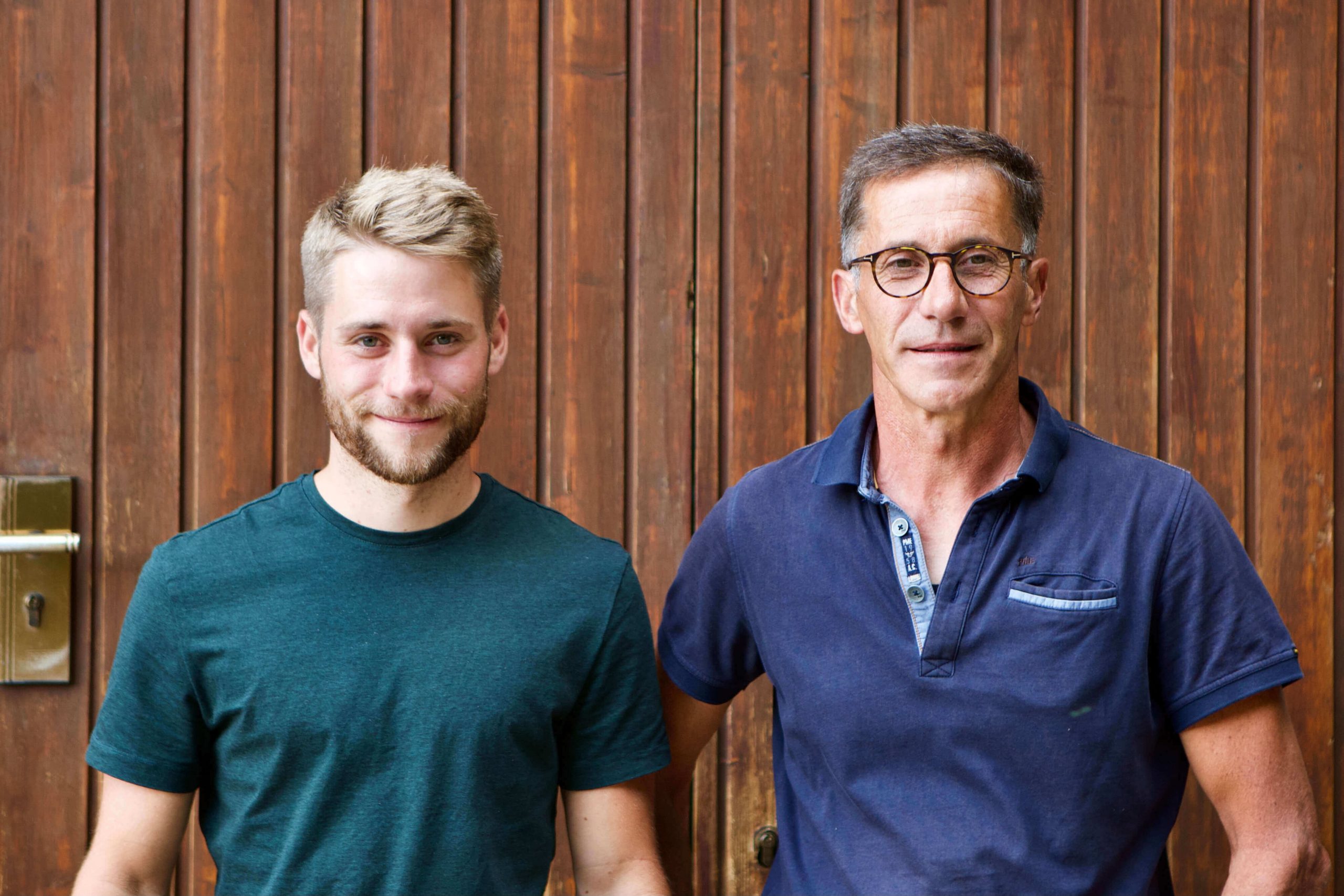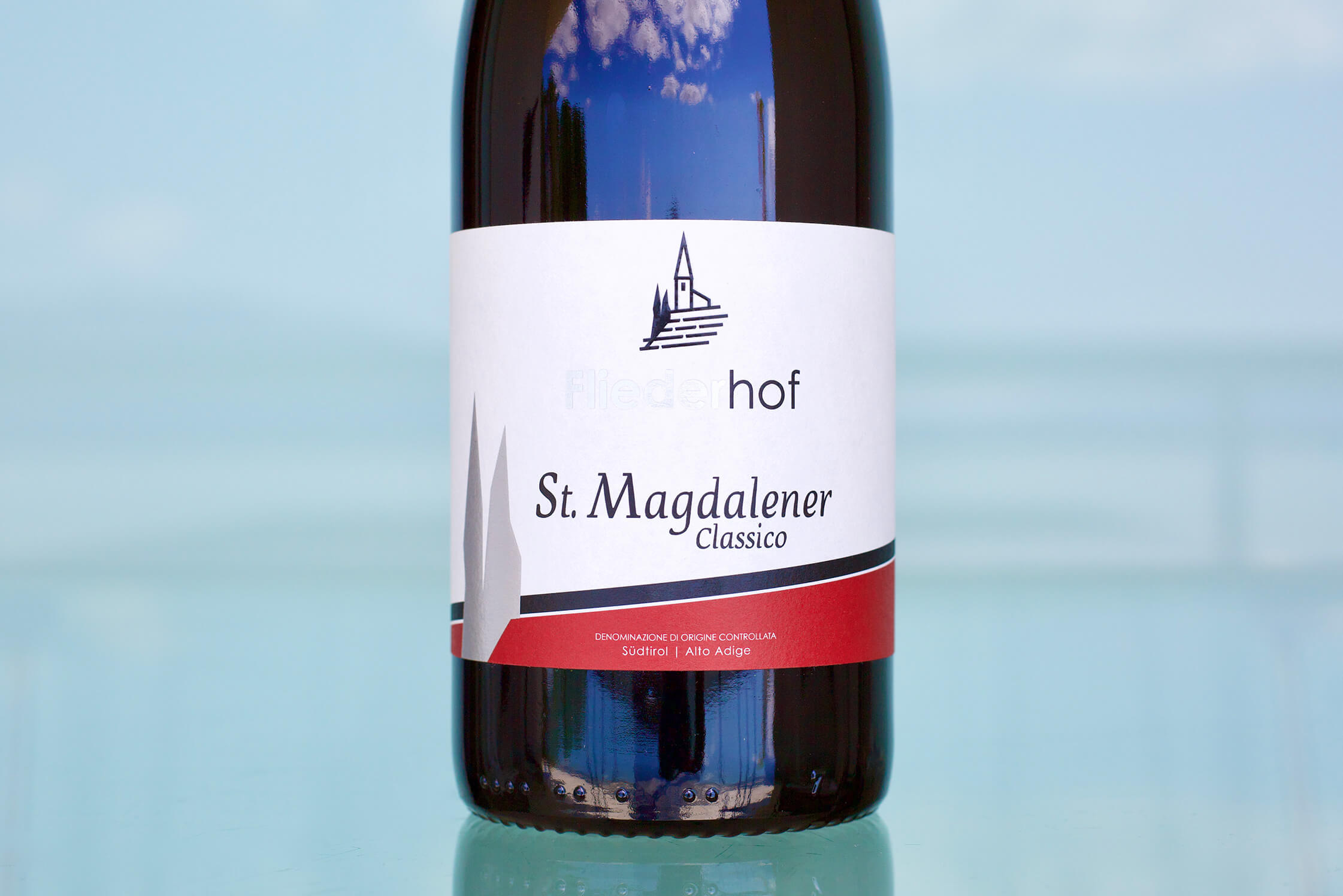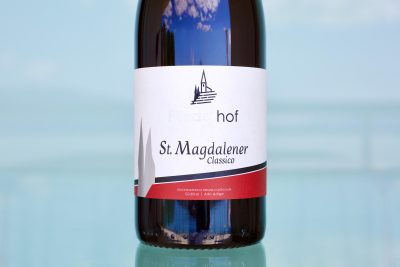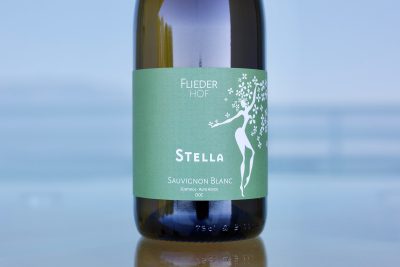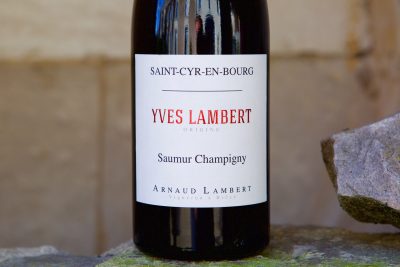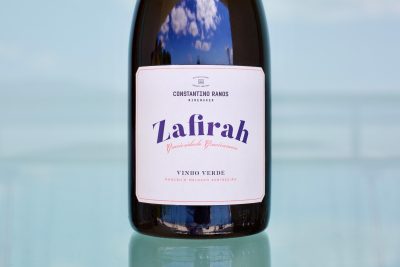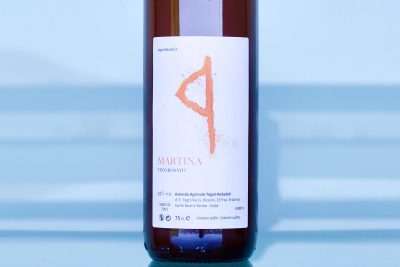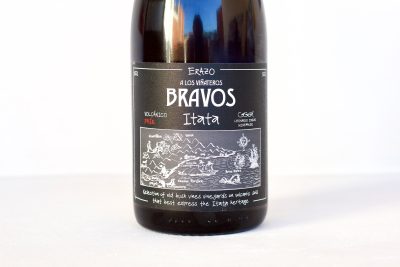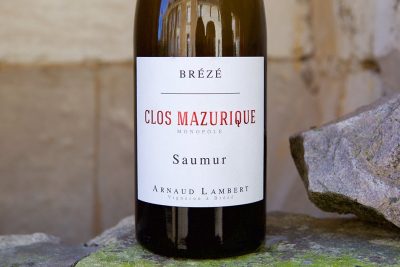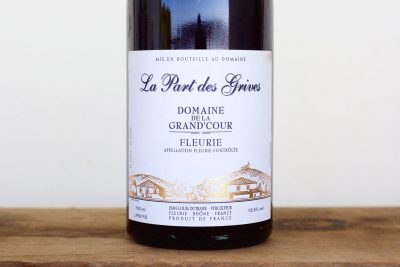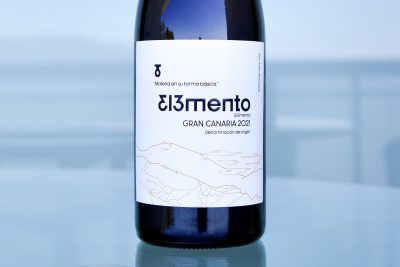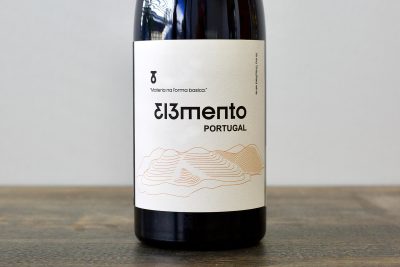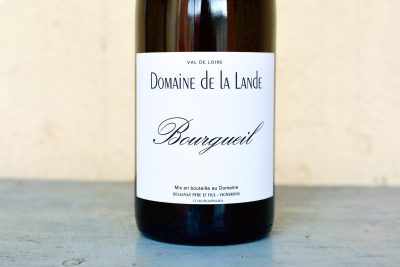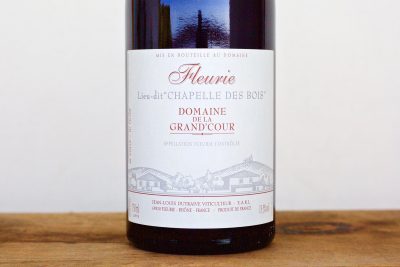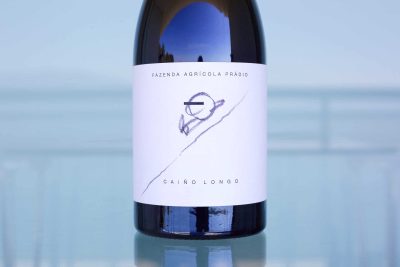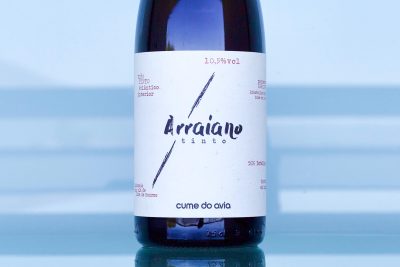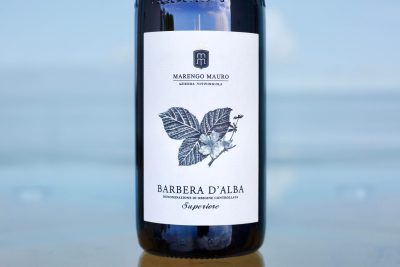Fliederhof
This website contains no AI-generated text or images.
All writing and photography are original works by Ted Vance.
Short Summary
Martin Ramoser and his family have three hectares of Schiava and Lagrein that have been organically and biodynamically farmed since 2018, upon Martin’s return from wine school. The reds come from the historical Santa Magdalena hill, and the old-vine Sauvignon Blanc parcel (purchased in 2020) is grown farther south, facing east on a steep slope, protected from the afternoon sun. The rock type for the red wines is dominated by igneous porphyry, but it also contains alluvium deposited from the Eisack River, while the Sauvignon Blanc is grown on limestone and sedimentary soils. Everything is harvested by hand and varying levels of stems are included in the natural fermentations of reds. The Sauvignon is electric and textured and the Lagrein is a tamed-but-still-beefy, inky, minerally red, and the highlights of his compelling range are fine and focused Schiavas aged in large, old botti.Full Length Story
Martin Ramoser is a budding young star in the wine world, and with the help of his parents, Stefan and Astrid, he’s writing a new chapter in the family’s wine history. Located in Italy’s Südtirol, only a half hour drive from the Austrian border, on the gorgeous and historical hill of Santa Maddalena/Sankt Magdalena that overlooks the city center of Bolzano, they cultivate their Schiava and Lagrein vineyards under organic and biodynamic principles. Their three hectares of red grape vineyards are mostly planted on hillsides of porphyry, an igneous volcanic rock with a mix of large and small grain sizes, which makes for sandy, gravelly soils as it decomposes, and results in wines with higher aromas and chewy textures. Martin’s style is one of pleasure led by upfront aromatic red fruits and red/orange flowers with sharper lines, deep but gentle mineral textures and a soft touch on extraction.
Martin’s Fans are of Südtirol’s Best
Martin came recommended by a local grower in Italy’s Südtirol, Florian Gojer, the son of Franz Gojer, from the winery, Glögglhof, who I feel may consistently be the top all-around producer of wine in the area when one considers their entire range of white and red wines. I used to work with Florian some years ago and was in search specifically for a producer of Schiava (one of my favorite grape varieties) and he gave me Martin’s name as perhaps the newest young producer on the right track. Florian was right: Martin is doing special work.
While I lived in Campania for the better part of 2019, Martin sent me samples of their wines. They were mostly crafted by his father, Stefan, and were obviously well made and in a charming but rustic style better suited to their local market than to most of our customers in the US. I find it funny that in the US, a country so culturally diverse, wine trade professionals have specific expectations about the style of wines we drink from other regions, so the wines they buy need to be a sort of hybrid of what the region has historically done and what we like, when it seems a greater pursuit regional authenticity if we were to embrace their tastes if we’re drinking wine from their area. I suppose my comment is really a criticism of me more than others because I also do this all the time. Perhaps it’s really a function of the diversity of our culture and exposure to so many different types of cuisine.
Martin and I cultivated a telephone friendship in hopes that we would someday work together, talking a lot about his family’s winery and where they were in their development. Though he’s a few years younger than thirty (as of 2021), Martin’s parents, Stefan and Astrid, gave him philosophical control of the vineyards and he began to inch toward organic farming. During our conversations at the beginning, I gave him a strong push toward full regenerative farming and encouraged him to make the jump because the market would support it, and his wines at the time were just a shade away from something special that could bridge that gap between his historical region and the progressive movement of wines led by greater elegance and precision over power. A year later, they not only fully committed to organic farming (though they were playing with it over the previous years), but also to biodynamics. The wines? I was shocked at the progress in just two years. It was a big left turn from more weighted wines toward a more invigorating and ethereal style with wiry tension and brighter fruit tones. During my first visit with him in the summer of 2021, he humbly shared with me that their Schiava, labeled under the St. Magdalener appellation, had just been voted the best of the year by the local wine community.
Austrians in Italy
I’ve often said that my favorite Austrian red wines come from the Südtirol. The controversy of the Südtirol’s annexation from the Austro-Hungarian Empire to the Kingdom of Italy (a kingdom that ended in 1946 after World War II and became the Repubblica Italiana) continues more than a hundred years after its annexation in 1919, after World War I. (As recently as 2017, Austria even offered Austrian citizenship to German speaking residents, which created a political row between countries!) The region culturally remains mostly Austrian with about 70% of the local native tongue being German, the remaining 25% Italian and 5% Ladin, the latter of which is a Romance language spoken by residents mostly in the Dolomite mountain areas.
One of five different “autonomous” departments of Italy (the others being the Valle d’Aosta, Sardinia, Sicily, and the neighboring Friuli-Venezia Giulia), the Südtirol takes on a more Austrian feel the instant one crosses the border. One example is the high level of cleanliness and organization in public spaces; after living in Italy for a year and spending many years traveling through every department but two—I’m coming, Puglia and Calabria!—it stands out as the model inside a country where people’s city apartments are immaculately clean but may have litter a step away from their doorstep for weeks, or even months. Even the highways abruptly improve when the signpost indicates entry into the Südtirol, all while its Alpine-inspired food still contains welcome Italian accents.
The Südtirol (or South Tirol) is called Alto Adige by the Italians, which they’ve named after the “Upper” Adige River that springs from the Italian Alps close to the Austrian border by Reschen Pass and runs south through Bolzano and south through Verona, eventually spilling into the Adriatic just south of Venice. The region is one of Italy’s most precious places, with extraordinary mountain scenery and civility at its highest, despite tensions between separatists and the Italian government and police. The German-speaking people are proud of their historical heritage, but they allow for the influence of Italian cuisine as a welcome asterisk, despite their grievances.
Südtirol Average is not Italian Average
What can easily be ascertained in the Südtirol is its wealth—with Bolzano (Bozen) the highest per capita income of all Italian cities, and the entire region is second only to Lombardy, the beneficiary of the financial might of Milan, Italy’s second largest city after Rome. With all this comes high levels of education (many are multilingual, including fluency in English) and sophistication, along with its commitment to quality products and services, and in no product is the quality more evident than in its wines, the average of which would be the best they have elsewhere. While there may be certain individual cooperatives with fabulous quality elsewhere (like Piemonte’s exceptional Produttori del Barbaresco) the Südtirol is unarguably home to the largest collection of the world’s best cooperatives, and this is due to high quality small-farm grape growing by mixed agricultural households.
By measure of vineyard land, the Südtirol usually beats out Tuscany and Piemonte in their proportionate take of awards from various publications, most notably Italy’s wine guide, Gambero Rosso. Many consider Südtirol to be the standard bearer of Italian high-end white wines, although some might put Campania and some other northern Italian wine regions up there instead. But all of this is subjective, as always.
Terroir Overview
The Südtirol may be the most majestic mountainous wine region in the world and is certainly in the running for the most aesthetically pleasing. The vineyard areas range from plantations on almost completely vertical terraces to flat vineyards on gravelly glacial moraines, with everything else in between. The landscape is green and where there aren’t townships, vineyards, orchards, ski hills, or open pastures on precarious hillsides, there are ancient, thick and dark forests blanketing entire mountainsides.
Rainfall in Südtirol can be quite variable, and seasonal. Around Bolzano, where Fliederhof’s vineyards are located the average annual rainfall is a little over 1,100mm (~43 inches), whereas in the Venosta Valley, home to another one of our Sütirol growers, Falkenstein, the average is only around 350mm, a half-hour drive away. But always working in the winegrowers’ favor is how well the summer and autumn sunshine is balanced with the rainfall, during which time, strangely enough, more falls than in the winter and spring.
It gets hot in the Südtirol and boasts about three hundred days of sunshine each year, with summer temperatures that can peak at around forty degrees and remain scorching for long periods, and these years are not the vintages they hope for. “The cooler and rainier vintages are the better ones,” Martin explained. “If a vintage is considered ‘great’ by the industry, they are often too hot. Our interpretation of great vintages are the cold years.” At night it gets cold thanks to the mountains, which creates a massive diurnal shift which is ideally suited for high quality grape growing.
What made viticulture a commercial possibility in this mountain region is the work of glacial activity, which literally sliced through the mountains to bring some areas down a few thousand meters to more suitable grape growing conditions. Only about fifteen percent of Südtirol’s land sits below one thousand meters, and what is below that is entirely carved out by glaciers. Inside these u-shaped valleys with a flat floor boxed in by steep cliffs on each side are a multitude of geological formations. Glaciers carve deep into mountains, unearthing (literally) layer after layer of different rock types that would have otherwise been buried deep below the earth’s surface. Everything from igneous, metamorphic, and sedimentary rocks are found here, making for great diversity and a fabulous study for those interested in the influence rock types can have over a wine. As it is often the case, certain grape varieties are known to perform best on certain rock types. For example, much of the top tier Sauvignon, Chardonnay and Weissburgunder (Pinot Bianco) are grown on the dolomitic limestone, but the same grapes are grown in areas of the Sütirol on other sedimentary deposits, metamorphic, igneous, or igneous volcanic rocks and illustrate the differences these rock types impart to their wines with reasonable clarity.
Santa Maddalena
The Ramosers sit on the Santa Maddelena (known in German as Sankt/St. Magdalena) hill with an extraordinary view into the Valle d’Isarco toward the northeast and in view of the famously jagged limestone Dolomite Mountains as the backdrop, and I find it remarkable that they get any work done in this area flush with nature’s eye candy in every direction. Their hill is of volcanic origin, known as the Athesian Volcanic Group/Bozner Quartzporphyr, and is composed mostly of what is commonly called porphyry, a confusing term to non-geologists because it’s in reference to the specific texture of a rock classified as such due to its mixture of large and fine-grained crystals. More specifically, the bedrock of their section of the mountain is largely composed of rhyolitic ignimbrites, which is volcanic ash made into rock, with a rhyolite mineral composition; to make it easier to understand, we could say that it is the volcanic equivalent (by its mineralogy) to a granite, another igneous rock, but one that is not of volcanic origin.
Despite the predominance of volcanic bedrock, the topsoil of their vineyards is mostly a glacial mashup of multi-colored goodies from igneous (including volcanic), metamorphic, and sedimentary rock, the latter of which is most likely from the Dolomites. The further up the hill one goes, peaking around 700m, the more volcanic bedrock contributes of the topsoil material, which tends to be sandier but still has a lot of glacial deposition in the mix in the form of both rounded cobbles from the river and glaciers, and jagged rocks that have fallen from above. Toward the bottom of the hill at around 270m, there is a much greater influence of fluvial materials from the Isarco (Eisack) River, along with glacial depositions that have surely made their way down the mountain thanks to gravity and erosion since the Last Glacial Maximum (or LGM, as it officially abbreviated) between 33,000-19,000 years ago.
Santa Maddalena/St. Magdalener DOC
In 1971, Santa Maddalena DOC was added to Italy’s short list (at least at that time) of recognized DOCs and DOCGs. Prior to the formation of the DOC, the farmers on this treacherous hill were very poor. Each of them had a tiny plot, vinified their wines in their own cellars and sometimes a shared cellar, and for more than forty years the wines were almost exclusively purchased by the Swiss. Eventually the market fell out with the Swiss and the farmers began to focus on quality to bring up the reputation of their historic hill. Today, there are just less than 200 hectares inside the DOC: two-thirds are planted to Schiava (of which the wine must be a minimum of 85%), and the other one-third is planted to Lagrein. There are no aging restrictions but if the wine should be a blend of the two grapes, they must be co-fermented, and both must come from within the DOC vineyard area.
The Grapes and Vineyards
Südtirol’s most well-known indigenous reds, Schiava and Lagrein, seem almost like an afterthought within the global wine market and are not taken as seriously as the whites. However, the indigenous reds are what I find the most interesting within the region. While Weissburgunder (Pinot Bianco), Sauvignon, Chardonnay, Veltliner (Grüner Veltliner), Riesling, Rülander (Pinot Grigio), Sylvaner, Gewürztraminer, Müller-Thurgau, and Kerner, are popular (and most have been present in the region for centuries) and perhaps at their peak in the Südtirol when compared to other regions inside of Italy, there are often other global regions that make more compelling examples of their most widely complex grapes, like Riesling, Grüner Veltliner, Sauvignon, and Chardonnay. This is where Schiava and Lagrein may represent the region’s most authentic, truly indigenous wines that can’t be found too far outside the region.
Schiava (also known as Vernatsch or Trollinger) and Lagrein are opposites in most ways. Schiava is seductive, lifted, elegant, easy going and lightly hued with soft tannins. It’s neither highly acidic, highly colored, nor highly tannic. It’s mostly just joyful mountain red wine with a summery touch. Martin says about Schiava, “The right amount of alcohol is key when you consider its moderate acidity levels.” In this wine, the alcohol tends to be between 12.5-13% and the pH levels around 3.70-3.80 with a total acidity of 4.3-4.5.
The more vigorous Lagrein has a bigger cluster than Schiava but its berries are half the size and have much thicker skins that are more resistant to mildew. With a preference for stonier soils to keep the daytime heat in the rocks to counter the brisk nights, it produces rich, dense, chewy, minerally, sometimes tannic, rustic, spicy, black-dark wines. When the phenolics are in balance and ready for picking, neither grape is extremely acidic but they make up for it in minerally textures that keep them fresh, especially the stronger minerally textures of those in closer contact with bedrock rather than the deeper glacial moraine or fluvial topsoil without much of a bedrock in contact with the root systems.
Vineyard Philosophy and the Pergola
As mentioned, the Ramosers are fully committed to organic farming with full conversion starting in 2017 (officially applied for in 2020 with certification to be achieved in 2023), and biodynamic methods in 2018. They let the grasses in their vineyards grow relatively freely in order to keep the soils from drying out from the intense summer and autumn heat, which makes a walk through their vineyards a gantlet for those of us with an intense allergic reaction to such verdure. Composted pomace from their vineyards is reintroduced along with seeded cover crops and the vineyards are rarely plowed. Martin also collects and makes many of their biodynamic preparations himself out of things like nettles and horsetail, but most of the biodynamic preparations such as silica and horn manure are produced with a community of growers who work under the direction of Demeter, the largest of the biodynamic certification organizations.
A strong advantage of Lagrein and Schiava is that both have very open clusters that experience considerably fewer problems with mildew than others, a needed feature for this region that has a lot of both sun and rain during the growing season and harvest. The vines are trained on pergolas (an overhead system), which brings the advantage of shade for every cluster during the summer’s raging sun and with a good enough distance above ground for the wind to sweep through and quickly dry out moisture. When these two red grapes are shaded properly, their fruit and floral aspects are preserved and they maintain tension and freshness. Pergola training also inhibits excessive tannin development and unwanted concentration or premature desiccation from direct sun.
Martin explained that another added advantage of pergola vine training is that it allows them to not tip or hedge—clipping the top/tip of the vine shoot. (This approach of letting the shoot tips continue to grow and be worked into the trellis system is similar to the French’s enroulement, but here it’s done overhead.) “If you tip the vines,” Martin explained, “they won’t stop growing vegetation which will limit the amount of energy directed toward the grapes when it’s time for the fruit cycle.” It’s Martin’s experience that tipping and/or hedging also tends to make the grapes larger which is counter to their pursuit of a greater skin to juice ratio, especially with Schiava’s very pale color. However, much more than color aesthetic, a greater concentration of the juice is about potency and the right concentration for the desired complexity needed for top-flight wines.
The Wines
Fliederhof’s St. Magdalener Classico is composed of at least 97% Schiava grown on three different plots composed fully of massale selections from this ancient hill with an average age of around thirty-five years (2021): one down low on deeper soils with a lot of rocks which brings riper fruit and smooth tannins; another on a very loamy spot with a steep aspect; and the last one further up the hill behind their house at around 350m in a very windy spot with rockier soil that brings greater tension. In the cellar the grapes are mostly destemmed with around 15-20% whole clusters included. The alcoholic fermentation typically ranges between eight to twelve days and the malolactic fermentation begins naturally shortly thereafter. Due to the variety’s typically reductive nature, the wines are pumped over during fermentation to minimize this (instead of numerous rackings during aging, which is very common in the area), and they’re tasted each morning and night to observe their evolution. Martin explained, “If you wait too long to aerate the grape must during fermentation, you may never get the reductive elements out of the wine.” It’s aged in big, old oak casks for nine months prior to bottling and stored for an additional few months prior to release. Generally, this wine is joyful and soft on intensity outside of its aromatic profile that, at Fliederhof, is laced with pleasant red fruits and flowers and a soft but tightly sculpted palate. Schiava, like all lightly-mannered red wines, is best served with a medium to slight chill.
Regarding sulfite additions, Martin explained, “There’s no recipe regarding sulfur. Every wine has to go its way and when it begins to slow in its evolution I will make an addition.” Normally the first addition of sulfites is some months after malolactic fermentation, when the wines “Open up a little bit.”
Inspired by Ceparello, a wine made by the famous Tuscan vignaiolo and enologist, Paolo de Marchi, from Isola e Olena (which I’ve been a fan of since my earliest years in the wine business), Martin and Stefan craft the GranMarie St. Magdalener Classico from a selection of small clusters and berries from the family’s oldest Schiava vines to have a more concentrated wine—not a bad idea given Schiava’s tendency toward lightness and transparency. Vinified the same as the first St. Magdalener in the range (8-12 days with a natural fermentation), it’s aged entirely in a single 15hl French oak cask for nine months followed by nearly a year of bottle storage prior to release. GranMarie is named after Maria Ebnicher Ramoser, Martin’s great grandmother, who first brought the family to St. Magdalena. The 2019 and 2020 vintages of this wine are lovely, and if one were to call the first St. Magdalener Classico in the range a “village” wine, this would be their premier cru due to its wonderful balance of body, palate weight and minerally texture. Despite the selection of smaller berries and clusters from oldest vines, it maintains a tight but fleshed-out profile that highlights the elegance of the top wines made from this historic hill.
Lagrein often renders wines that are menacingly beefy, but Martin’s agenda with this muscular, rustic and mineral-dense wine that seems to express the fire of the ancient volcano that created its bedrock nearly three hundred million years ago is to shed a little bit of the excessive weight it easily takes on, to keep it lighter on its feet. Gently extracted during its natural fermentation through daily pump overs (always with a watchful eye on its even greater tendency for taking on reductive compounds than Schiava) for eight to twelve days, it’s pressed and then aged in 12-25hl old oak casks. Whole bunches are used sparingly (15-20%) in years where the grape skin tannin is gentler (like 2019 and 2021, but not in 2020). Lagrein is easy to ripen, and all too often becomes overripe, and Martin does his best to reel it in on the hotter years, like 2018. His greater preference, like ours, is for cooler years, like 2019, 2020, and 2021.
Despite Lagrein’s outward appearance as a wine solely for the colder seasons, it’s just as perfect for a brisk Südtirol summer night outside on the terrace following a sweltering hot day, or in the dead of winter with any range of brazed, grilled, roasted, or cured meats and other richly-flavored and savory food—a perfect description of Lagrein itself. It embodies the spirit and rugged feel of the rocky mountain area where it’s grown, and one should think about heart-warming, spirituous and rustic mountain-style food as the perfect match. No matter what is done in the cellar, Lagrein will always remain on the dark side with its strong wild blackberries and savory but inviting green characteristics. While dark chocolate and red wine is almost always a food and wine pairing misfire, Lagrein is one of the few red wines that pairs quite well. With Martin and Stefan’s soft touch on tannins, the first Lagrein in their range (there is a Riserva as well) benefits from a slight chill.[cm_tooltip_parse] -TV [/cm_tooltip_parse]
Fliederhof - 2019 Santa Magdalener
24+ in stock


